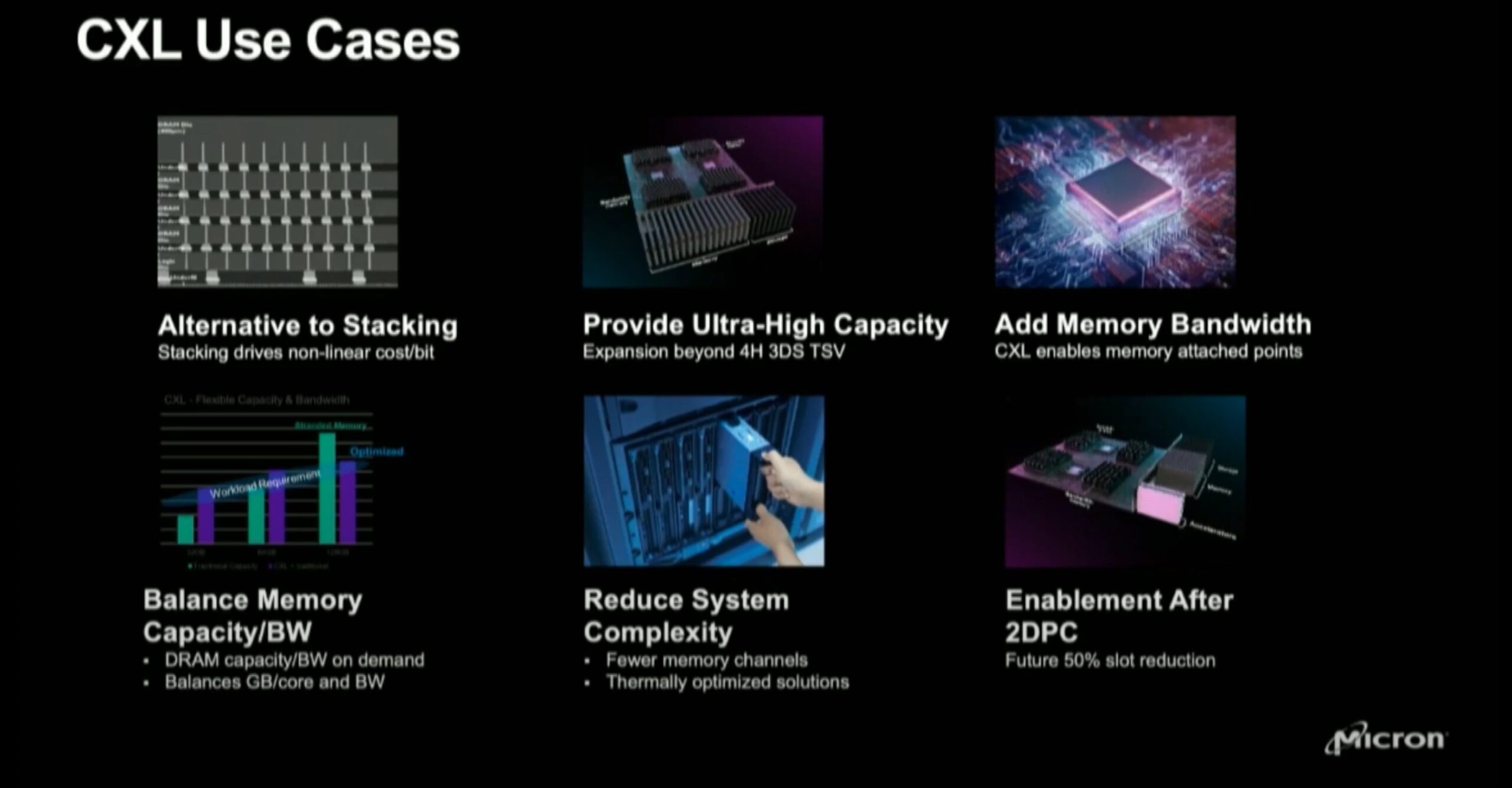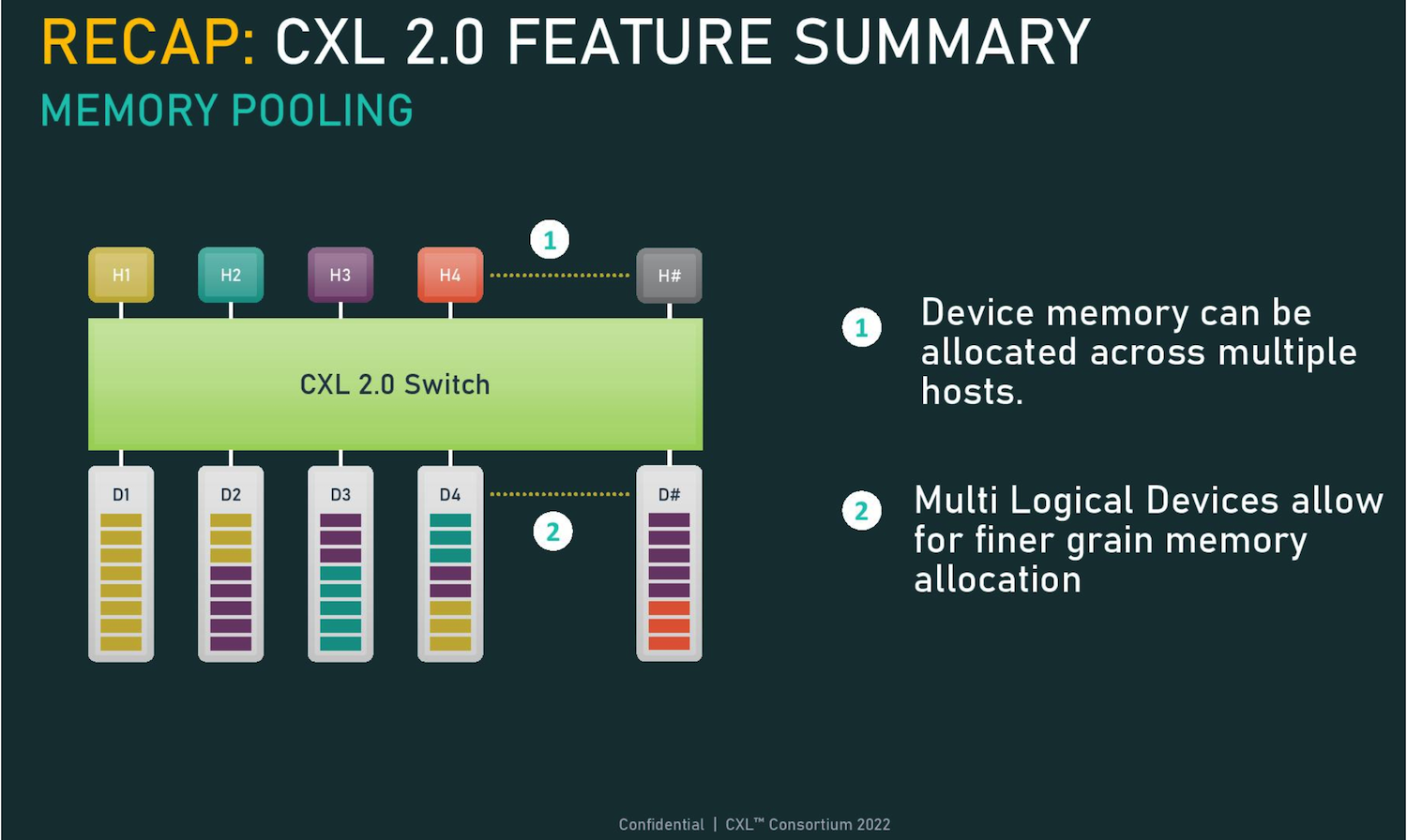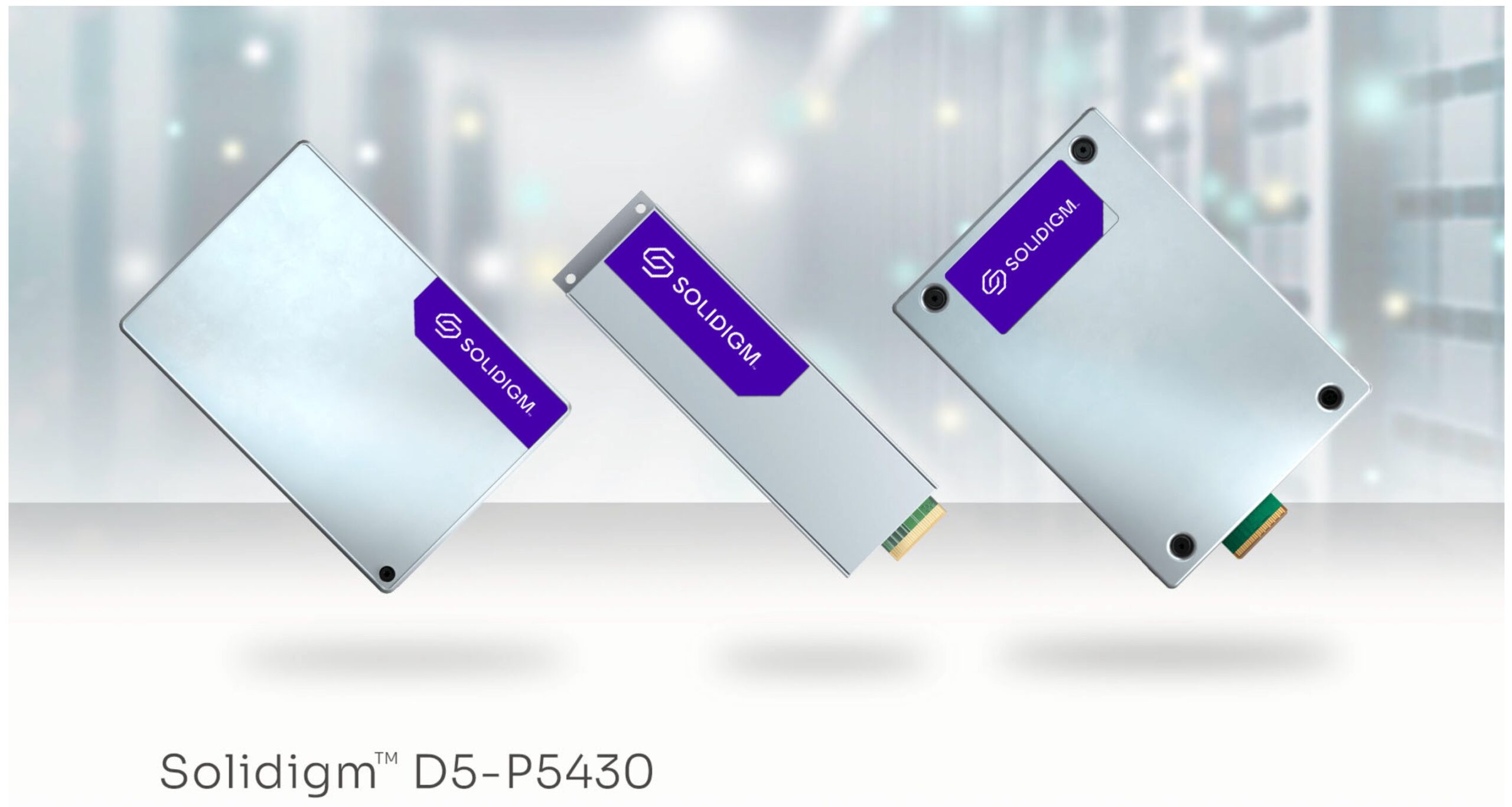Why vehicles need intelligence both on the inside and out
Unlike many other smart devices, the automobile has a privileged position when it comes to space, power, and cooling – a datacenter on wheels. This means that a car can host generous amounts of compute, memory, and storage resources on-board. These support one hundred million lines of code in today’s high-end vehicle, moving to three hundred million lines in the next approximately five years.
Hosting driver assistance systems on board has a few clear advantages, such as always-on availability, single-digit millisecond responses and no outside dependencies. However, we still need some connectivity to a central, cloud-hosted IT system for system maintenance and other services.
We can differentiate between two levels of vehicle connectivity. First, ad-hoc connectivity can enable a car to communicate with a cloud-hosted system whenever a connection is available. This can be something as simple as connecting to a home’s WiFi, or, more commonly, to a mobile network. Second, continuous connectivity can enable vehicles not only to talk to back-end IT systems, but also to other connected vehicles.

Ad-hoc Connectivity
Ad-hoc connectivity is a supporting function for on-board systems and applications. While the integrity and functionality of driver assistance or autonomous vehicles does not – and should not – depend on ad-hoc connectivity, it can be used for maintenance and other services. These include:
- Firmware updates over-the-air (FUOTA) – Enable the vehicle’s systems to download patches and updates as they are released. These updates can either be new features and improvements, security patches, or bug fixes. The benefit of FUOTA is that updates can be remotely managed by the original equipment manufacturers (OEMs) without needing a physical service.
- Data backups – In addition to the powerful storage capabilities that can be hosted on-board, data collected by the sensors can also be backed up onto a cloud system. This has two benefits. First, it mitigates any challenges related to filling up the on-board storage modules. Second, it provides an additional layer of resiliency which can protect against hardware failures or damage to the vehicle.
- Data analysis – This refers to value-adding applications which do not have latency or always-on requirements. For example, we can use cloud-based software to conduct analysis on prognostics and health management (PHM) systems to determine the likelihood of component failures.
Continuous Connectivity
Continuous connectivity can unlock a range of emerging technologies that can help vehicles achieve full autonomy. It is a crucial component of a more complex data architecture that defines intelligence outside the vehicle. Continuous connectivity uses and implements:
- 5G – With a few distinct advantages over previous generation mobile connectivity protocols, 5G’s most important and obvious selling point is higher data rates. Ranging from ~50 Mbit/s to over 1,000 Mbit/s, 5G can satisfy high data throughput for real-time communication. The other important 5G technology is multi-user massive input massive output (MU-MIMO), which brings a spatial dimension to frequency sharing and allows large numbers of devices to connect to the single 5G mast.
- Multi-access edge computing – Brings computing power at the edge of the topological cellular network for roundtrip latencies of under 20 milliseconds. Using compute at the edge, we will be able to define routing logic and other applications. This will be the foundation for enabling real time vehicle-to-vehicle communication without routing data through the backhaul until it can reach a virtual machine in the cloud to do the processing.
- Event streaming – Used for real-time data processing, event streaming entails that devices can publish their data into a topic whenever a state is changed – i.e. braking, accelerating, etc. As these events are published in topics, other applications can subscribe to these topics to get a real-time stream of events from the publishing device.
By combining the above technologies or the future relatives of those, we will be able to create a mesh of connected cars. Vehicles will not only be aware of themselves, but also of all the nearby ones, operating as a single entity.
For more information on this topic, check out the Gestalt IT Roundtable Discussion presented by Micron.




